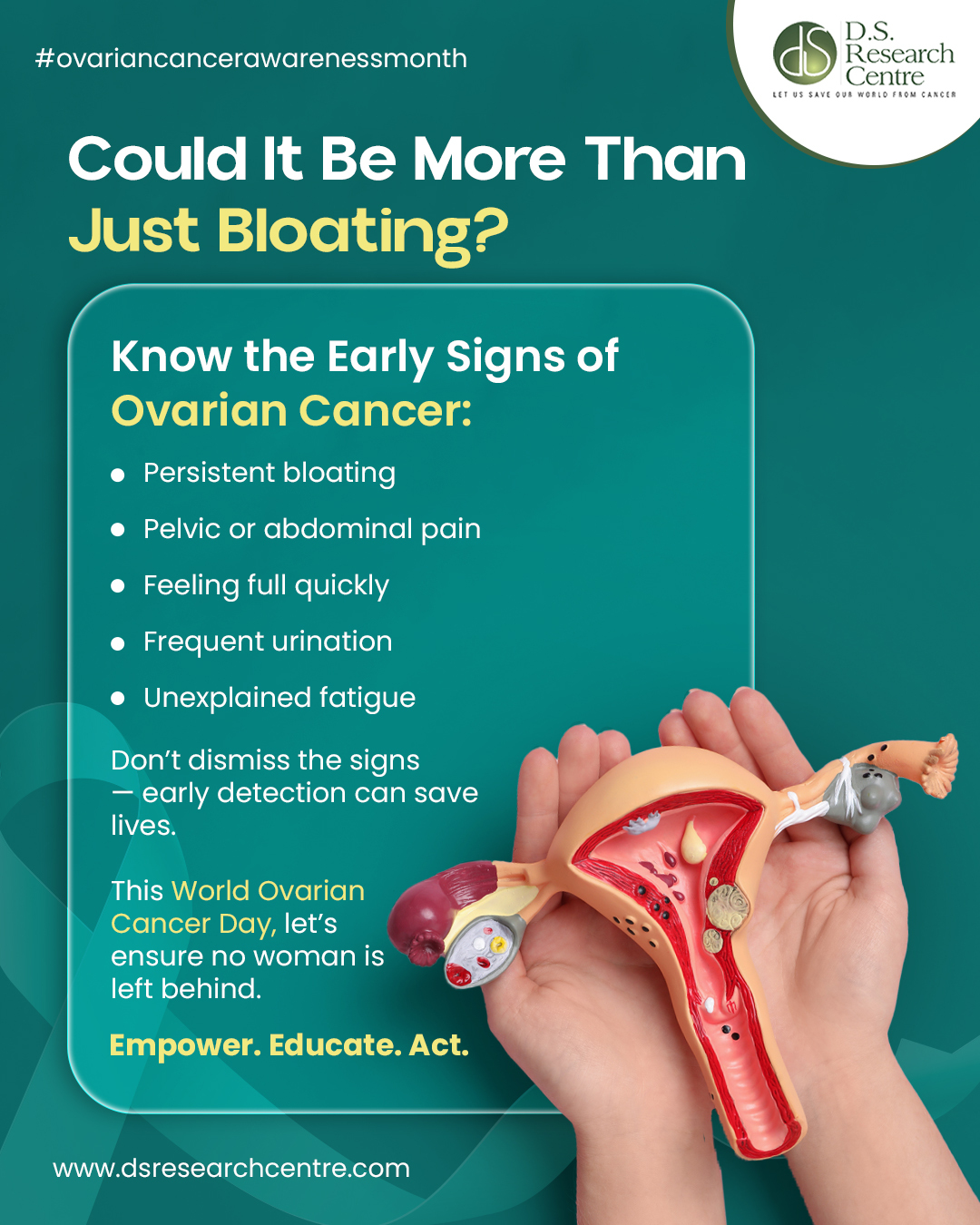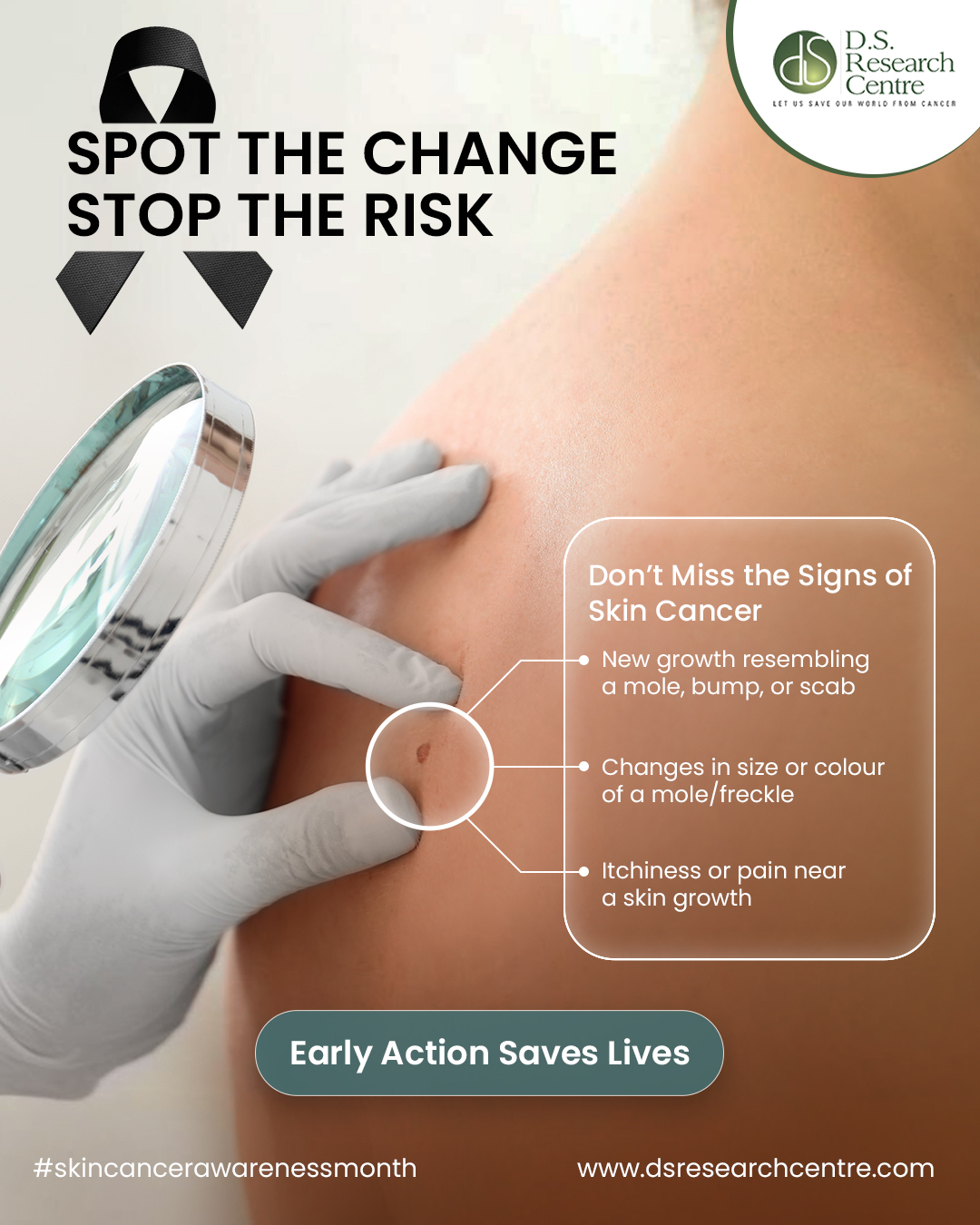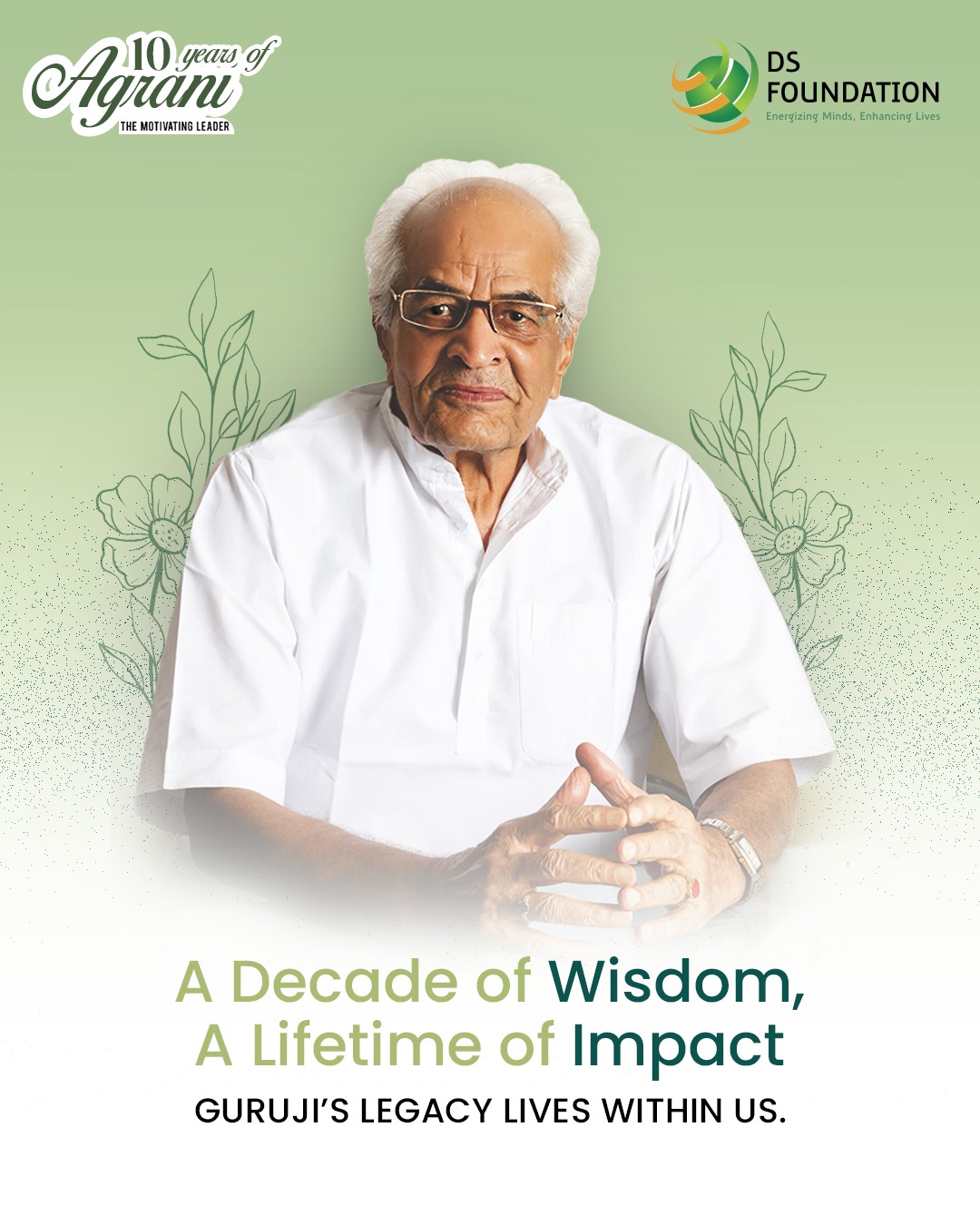There is always a common question asked by Cancer patient-whether they can combine different treatments or can we try alternative treatments? I would like to write about Ayurveda and Yoga for Cancer treatment today.
The system of alternative medicines in India consists of Ayurveda, Yoga & Naturopathy, Unani, Siddha, Sowa-Rigpa and Homeopathy (AYUSH).
Alternative medicine is the term for medical practices and products that are not part of standard medical care.
People with cancer may use alternative treatment to:
❖ Treat their cancer.
❖ Treat the side effects of cancer treatments like nausea, vomiting, hairfall, discoloration of skin etc.
❖ Comfort themselves and ease the worries of cancer treatment and related stress.
❖ Feel that they are doing something to help with their own care.
Some patients with cancer will opt for only one treatment. But most patients have a combination of treatments, such as surgery with chemotherapy and/or radiation therapy.
AYURVEDA
Role of Ayurveda in prevention and management of different types of cancer:
“Ayu” means life and “Veda” means knowledge. Ayurveda is regarded as “The Science of Life”. It is the most ancient and traditional system of medicine which is been used for the prevention and management of different types of cancer conditions.
Ayurveda gives prime importance for prevention rather than management in case of cancer (and other diseases)
“Swasthasya Swasth Rakshanam
Aaturasya Vikar Prashanam”
Hence more attention is given to prevent the cancer by inculcating the method of life style advised in detail in the systems (Dincharya, Rutucharya, Sadvritta and Achara Rasayana).
In the management aspect, there are many evidences of combating the complications arising out of conventional treatment (chemotherapy and radiationtherapy) significantly by use of Ayurvedic Kalpa and herbs.
In palliative care application of rehabilitation techniques like Panchakarma (and other) good results are seen in a swift functional improvement and reduction of subjective complaints like pain etc., even when the prognosis for life is considered poor. These interventions, when offered on time, prolong life, provide symptomatic relief thereby help to reduce the stigma of cancer and physical impairment while providing dignity and a better quality of life for the cancer patient.
Therapeutic approach of Ayurveda is divided into 4 categories:
| 1. Prakritisthapani chikitsa |
Health Maintenance |
| 2. Rasayana Chikitsa |
Restoration of Normal Function |
| 3. Roganashani Chikitsa |
Disease Cure |
| 4. Naishthiki Chikitsa |
Spiritual Approach |
AYURVEDA TO TREAT CANCER
i. Remedial: Medicines which have shown good results for cancer.
ii. Supportive: Include Ayurveda in allopathic treatment to combat their side effects and improve quality of life.
iii. Prophylactic: Include Swasthavritta (Hygiene), Ahara (Diet), Vihara (Life styles) which are especially required to prevent cancer.
iv. Palliative: Various groups of drugs to increase immunity (Ojas).
Commonly used Kalpas / medicinal preparation reported in Ayurveda are made of multiple herbs possessing great potential for treating cancer; scientifically. This combined activity would permit an increase in the cancer cell suppression mechanisms resulting in the reduction of cancer cells and their proliferation. These formulations work on multiple biochemical pathways and influence different organ systems all together and nourish the body as a whole by supporting body‘s defence mechanism.
Government is raising initiatives to support ayurvedic medicine in India also there is increasing adoption of these systems of medicine around the world.
YOGA
“Yuj” means Union, to unite in Sanskrit. It means the union of Mind and Body. It also refers to the unification of elements like breath and energy, soul and body.
Yoga is an ancient form of exercise for body and mind. It aims to improve strength, flexibility and breathing through a series of postures and movements. It is a whole body philosophy that started over 5,000 years ago in India. Yoga aims to create harmony between your mind, body and spirit to help you feel calmer. It is promoted as a way of staying healthy and preventing illness. Hatha, Iyengar, Asthanga and Kriya Yoga are different styles/forms of Yoga.
Yoga focuses more on meditation and breath work (Pranayama). The stretches and postures help by
❖ stimulate your nervous system
❖ make your muscles and joints more flexible
❖ improves strength and flexibility through a series of postures (asanas).
❖ Yoga uses meditation to aid deep relaxation.
❖ relax your mind and body
YOGA FOR CANCER PATIENTS
❖ It is a natural way to help you relax and cope with stress, anxiety and depression.
❖ It can help to lift your mood and enhance well being.
❖ Some cancer patients say it helps calm their mind so that they can cope better with their cancer and treatment. Others say it helps to reduce symptoms and side effects such as pain, tiredness, sleep problems and depression.
Research work to prove that yoga can heal or prevent any type of cancer is still on. But some studies suggest that it might help people with cancer cope with symptoms and side effects.
NATUROPATHY
Naturopathy uses various methods that help the body naturally heal itself. Eg: Herbal supplements. Herbal medicine is also called phytomedicine or phytotherapy.
UNANI
Unani – the Perso-Arabic medicine originated in Greece and is primarily based on principles propounded by Greek practitioners Hippocrates and Galen.
SIDDHA
Siddha is a traditional and complementary system of healing that originated in South India. It is believed to be one of India's oldest systems of medicine which is based on a combination of ancient medicinal practices and spiritual disciplines.
SOWA-RIGPA
"Sowa-Rigpa" commonly known as Amchi system of medicine is one of the oldest, living and well documented medical tradition of the world. It has been popularly practiced in Tibet, Mongolia, Bhutan, some parts of China, Nepal, Himalayan regions of India and few parts of former Soviet Union etc.
HOMEOPATHY
Homeopathy was conceived in by the German physician Samuel Hahnemann. Its practitioners, called homeopaths, believe that a substance that causes symptoms of a disease in healthy people can cure similar symptoms in sick people; this doctrine is called similia similibus curentur, or "like cures like".
When you need treatment for cancer, you have a lot to learn and think about. It is normal to feel confused. But, talking with your doctor and learning about the types of treatment you may have can help you feel more in control. Help cope with the side effects of cancer treatments, such as nausea, pain, and fatigue etc.
At present, India is also one of the top exporters of alternative medicines in the world. Major export destination includes the United States and European countries, like Germany and France. The government of India is continuously supporting the industry with investments in scientific research in AYUSH, building the necessary infrastructure and regulatory framework to regulate this system of medicine. However, one of the major factors hindering the growth of the Indian AYUSH and alternative medicine market is the general perception of the treatment as a secondary source of medication.
All practitioners who are in field of later renowned and successful practitioners in the field of cancer will be brought to one platform using social media and the appropriate screened treatment strategies including Rasayana therapies, Panchakarma etc. will be discussed and adopted for the future research work.
BE SAFE, BE KIND, BE HAPPY!








Posted on April 15, 2016
Posted on April 15, 2016